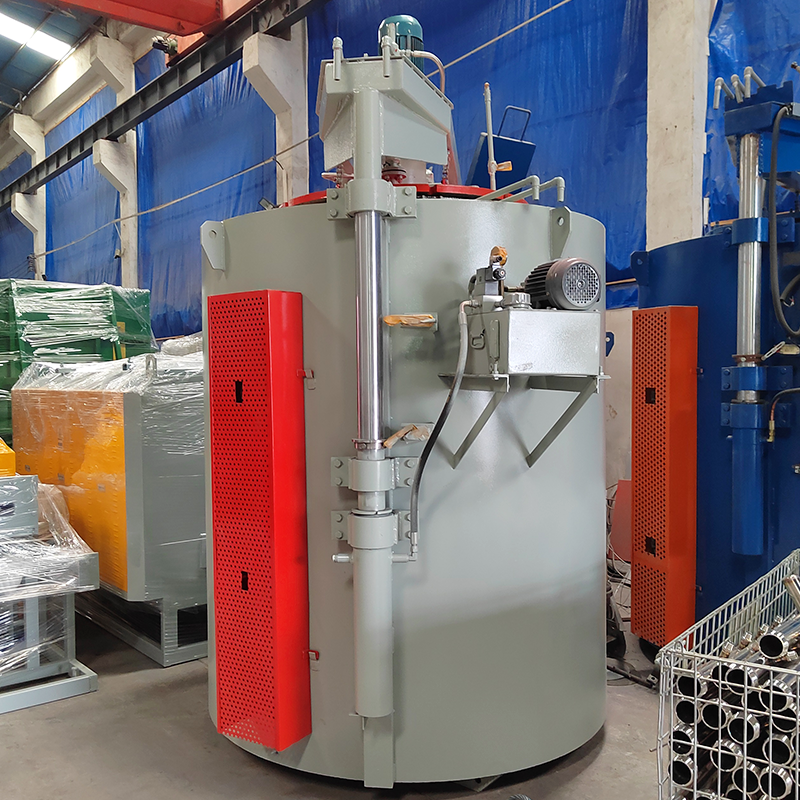How to Determine Whether a Workpiece Requires Carburizing or Carburizing and Quenching
Mar. 25, 2025
Determining whether a workpiece needs carburizing or carburizing and quenching mainly depends on the workpiece material, performance requirements, and application scenarios. Below is a detailed analysis of this issue:
I. Carburizing is mainly applicable to the following situations:
The workpiece requires high hardness and wear resistance on the surface while maintaining sufficient toughness and plasticity in the core. When the workpiece is subjected to impact loads, the surface layer is required to withstand high stresses, while the core is not prone to yielding and fracture.
II. Carburizing and quenching are mainly applicable to the following situations:
The workpiece needs to operate in high-stress, high-wear environments, such as gears, cams, pins, etc.
The workpiece needs to have high strength, high hardness, and good toughness simultaneously to withstand complex alternating loads and impact loads.
III. Methods for Determination
(1) Analyze Workpiece Material: First, understand the material of the workpiece, such as whether it is low-carbon steel or low-carbon alloy steel. If the workpiece material meets the requirements for carburizing, then carburizing or carburizing and quenching can be considered.
(2) Clarify Performance Requirements: Determine whether the workpiece requires surface hardening based on its usage scenario and performance requirements. If high hardness and wear resistance are required on the surface while maintaining sufficient toughness in the core, carburizing can be considered. If higher surface hardness and wear resistance, as well as good fatigue strength, are required, carburizing and quenching can be considered.
(3) Consider Application Scenarios: Analyze the working environment and stress conditions of the workpiece. If the workpiece needs good toughness and plasticity when subjected to impact loads and alternating loads, carburizing may be more suitable. If the workpiece needs to operate in high-stress, high-wear environments, carburizing and quenching may be more appropriate.
In summary, determining whether a workpiece requires carburizing or carburizing and quenching requires comprehensive consideration of the workpiece material, performance requirements, and application scenarios. By analyzing these factors in detail, the most suitable heat treatment process can be selected to meet the usage demands of the workpiece.










